17th century
Artworks 71 to 80 of 127:
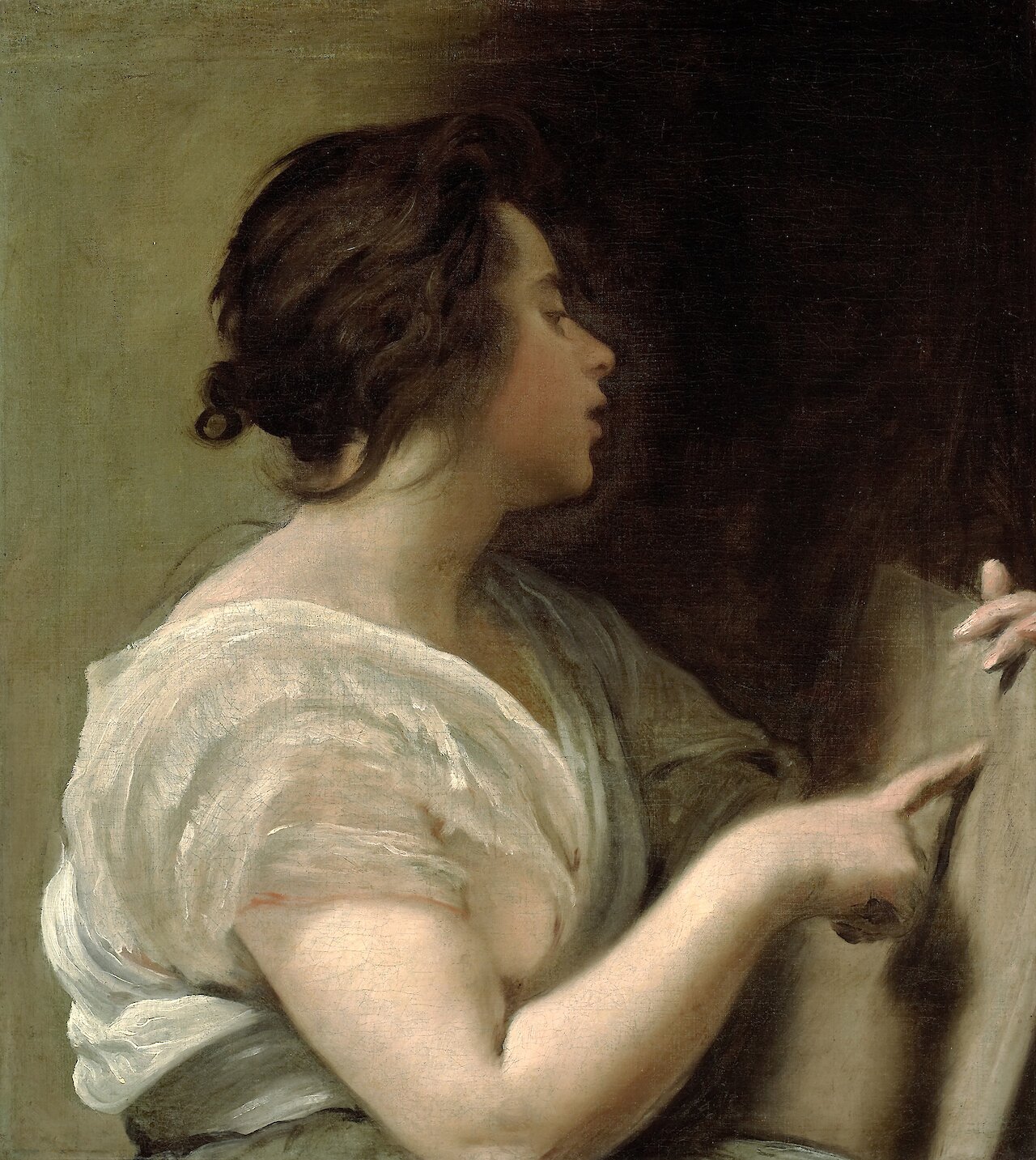
Female Figure (Sibyl with Tabula Rasa)
by Diego Velázquez, 1648
- Medium
- Oil on canvas
- Dimensions
- 25 1/2 x 23 in (64.8 x 58.4 cm)
- Credits
- Meadows Museum, SMU, Dallas. Algur H. Meadows Collection, MM.74.01. Photography by Michael Bodycomb.
- Location
- Meadows Museum
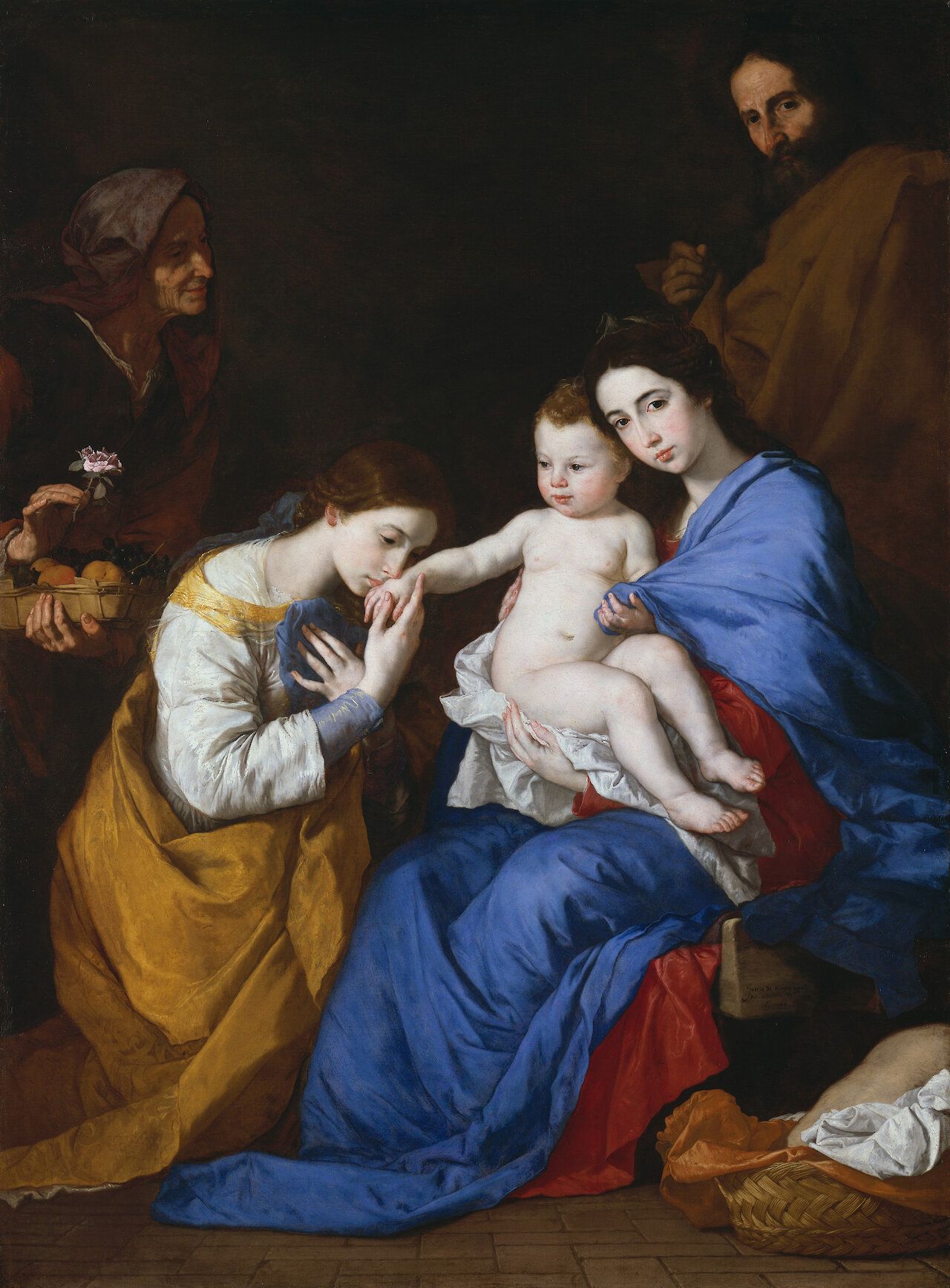
The Holy Family with Saints Anne and Catherine of Alexandria
by Jusepe de Ribera, 1648
- Medium
- Oil on canvas
- Dimensions
- 82 1/2 x 60 3/4 in (209.6 x 154.3 cm)
- Credits
- Samuel D. Lee Fund, 1934.
- Location
- The Metropolitan Museum of Art (The Met)
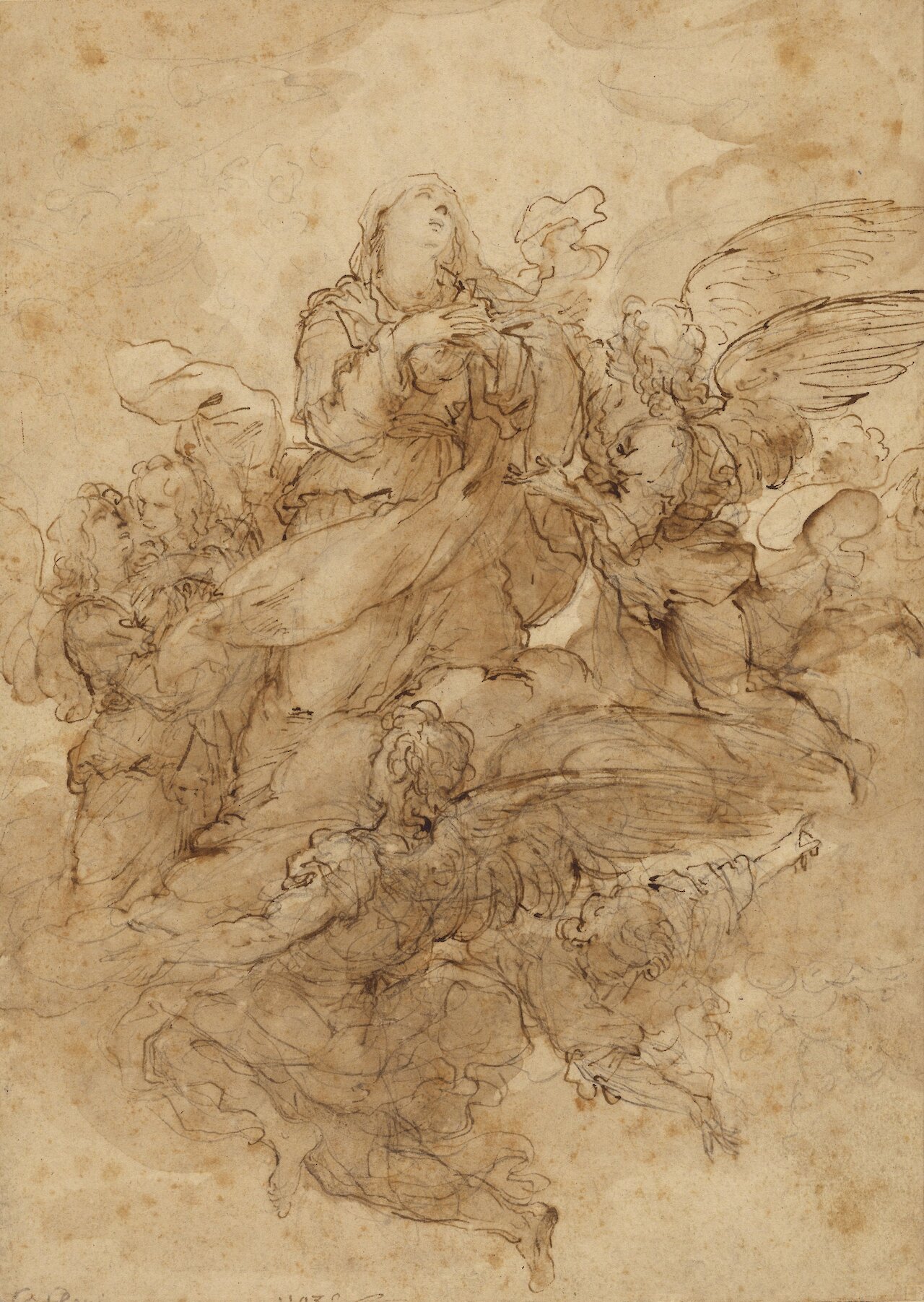
The Assumption of the Virgin
by Francisco de Herrera el Mozo, circa 1648–1653
- Medium
- Pen and brown ink, brown wash over black chalk
- Dimensions
- 30.6 × 21.7 cm (12 1/16 × 8 9/16 in)
- Notes
Through lively penwork, de Herrera imparted a sense of movement to the substantial figure of the Virgin and the stable, classical pyramid form of the group. The artist's fertile imagination worked quickly; after doing some sketching with black chalk, he applied free-flowing, crisscrossing, tangled threads of ink ranging from the dark squiggles of the Virgin's drapery to the light tracings on the angels' robes below. The fluent washes add drama to the composition.
- Location
- J. Paul Getty Museum
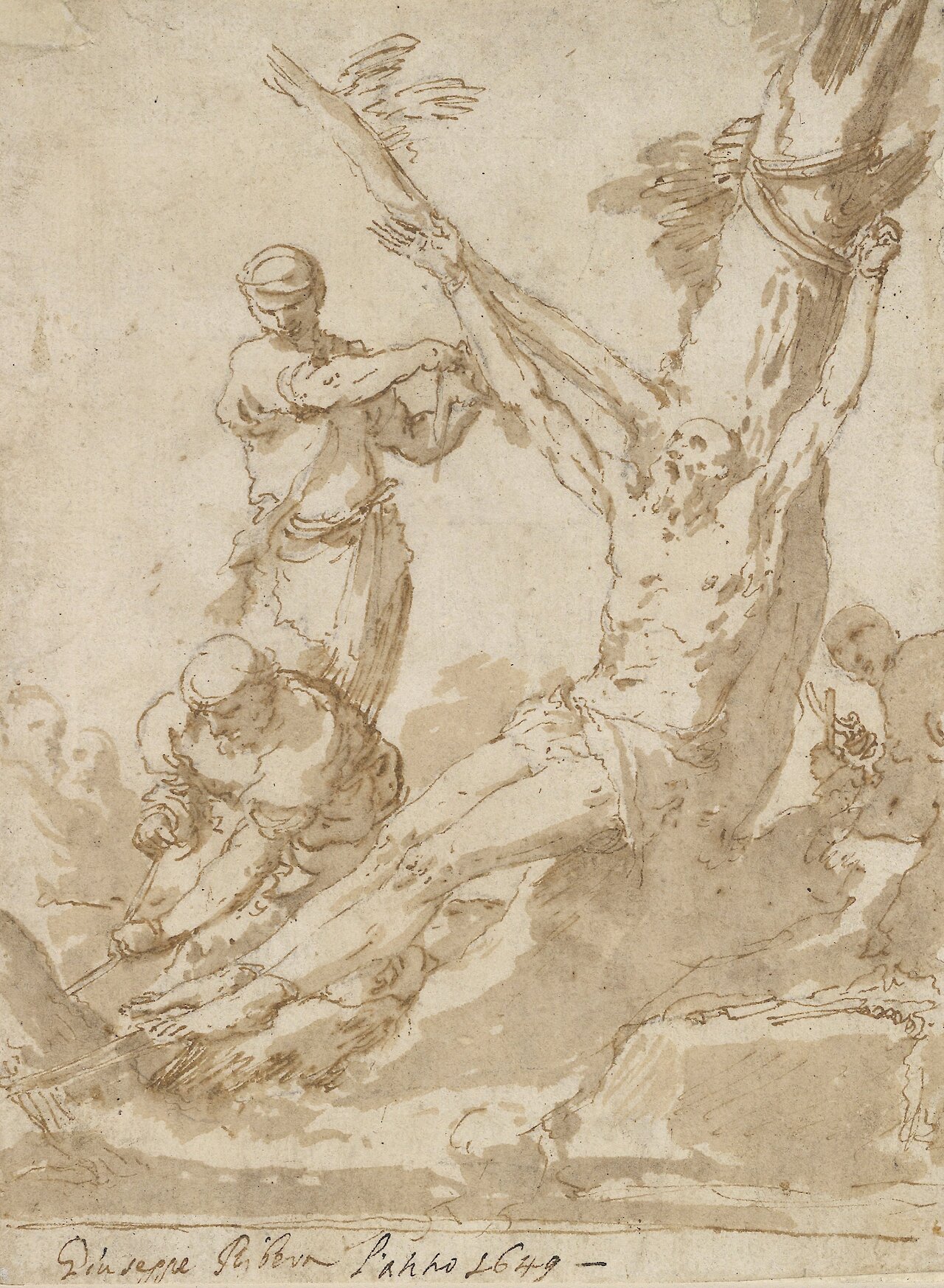
Martyrdom of St. Bartholomew
by Jusepe de Ribera, circa 1649
- Medium
- Pen and brown ink and wash, over black chalk, on laid paper. Lined with laid paper
- Dimensions
- 7 x 5 1/4 in.
- Credits
- The Morgan Library & Museum. Photography by Janny Chiu.
- Location
- Morgan Library & Museum
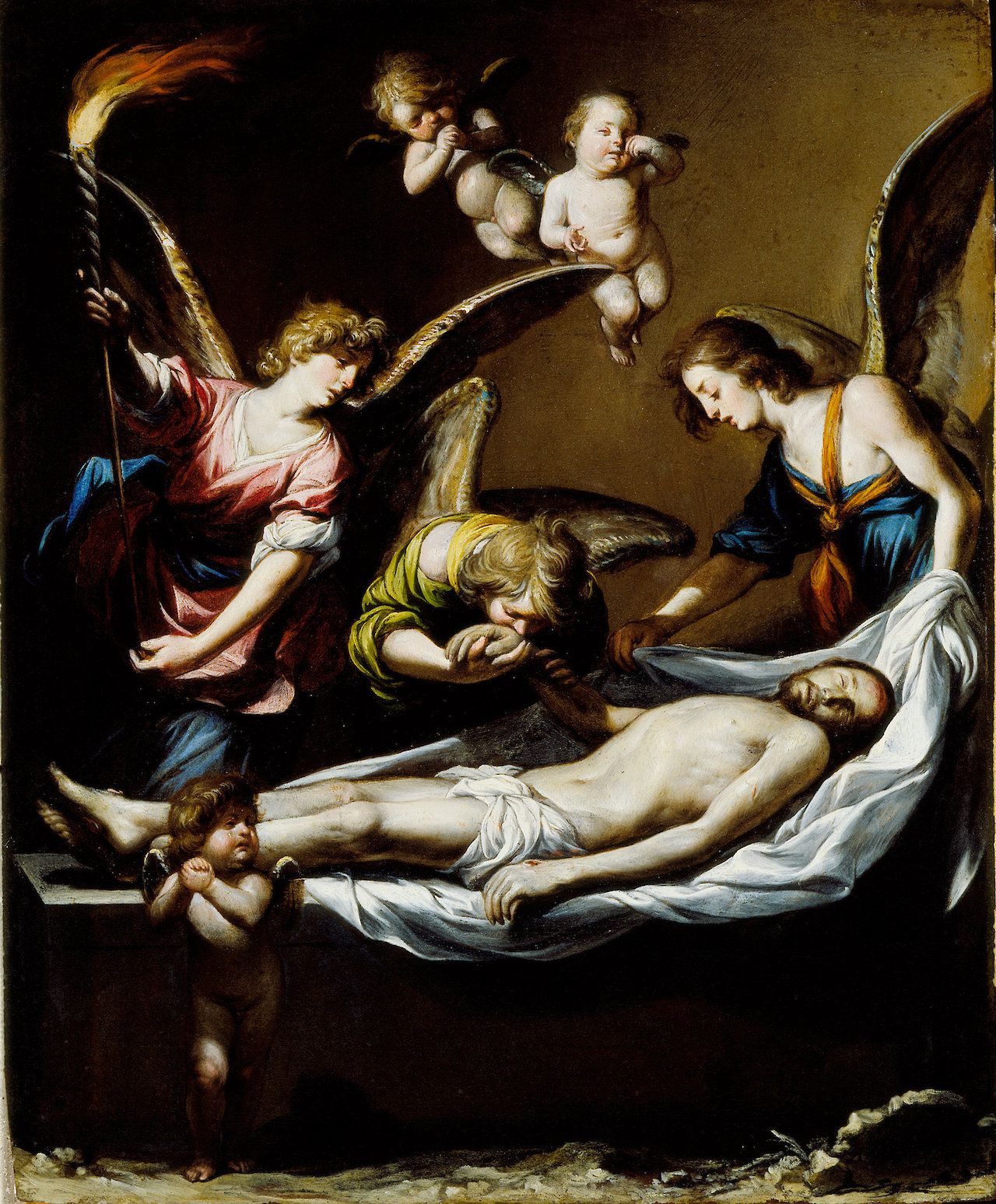
Dead Christ with Lamenting Angels
by Antonio del Castillo y Saavedra, 1650
- Medium
- Oil on copper
- Dimensions
- 15 × 12 1/2 in (38.1 × 31.75 cm)
- Location
- LACMA
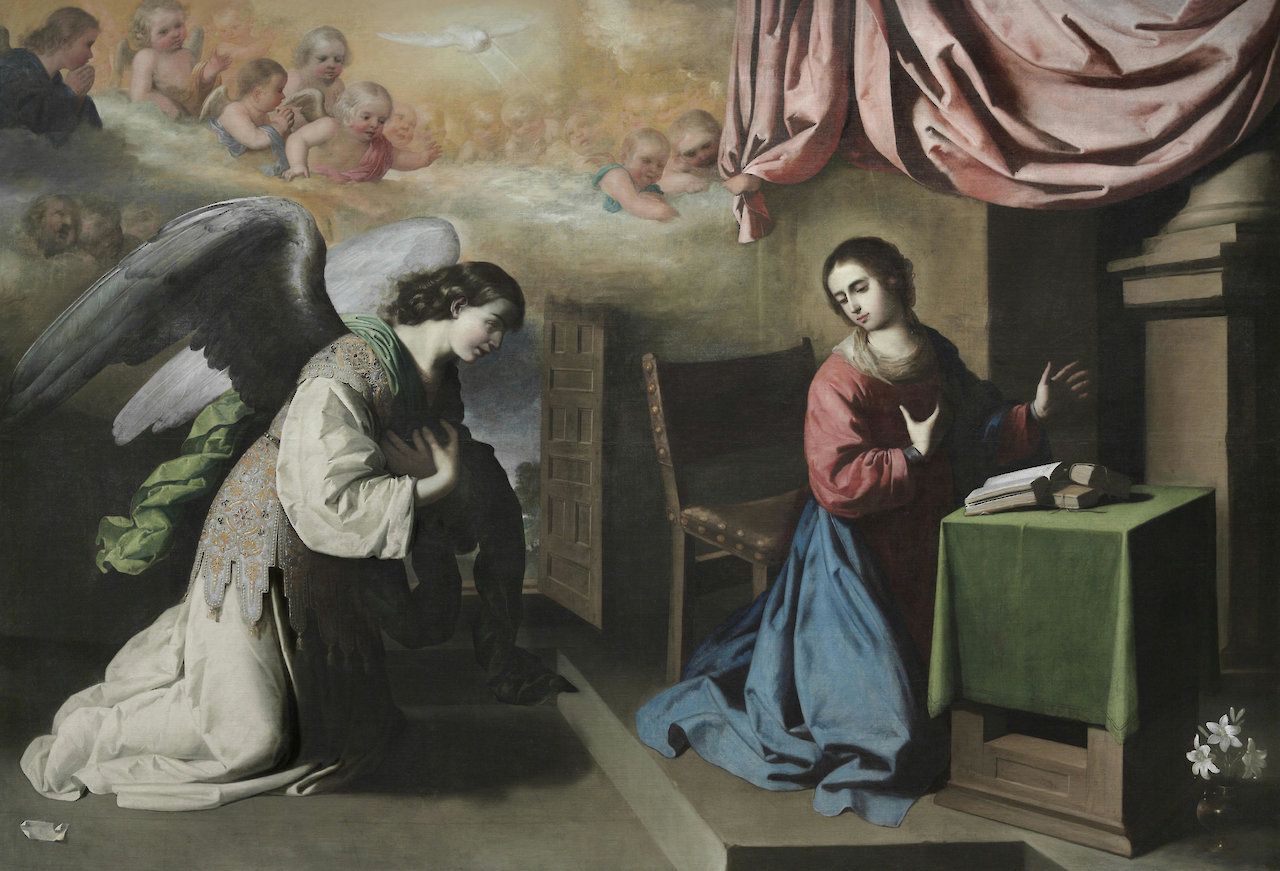
The Annunciation
by Francisco de Zurbarán, 1650
- Medium
- Oil on canvas
- Dimensions
- 7 ft 1 5/8 in × 10 ft 4 1/2 in (217.5 × 316.2 cm). Framed: 7 ft 8 1/2 in × 10 ft 11 3/4 in × 4 in (235 × 334.6 × 10.2 cm)
- Credits
- Purchased with the W. P. Wilstach Fund, 1900
- Location
- Philadelphia Museum of Art
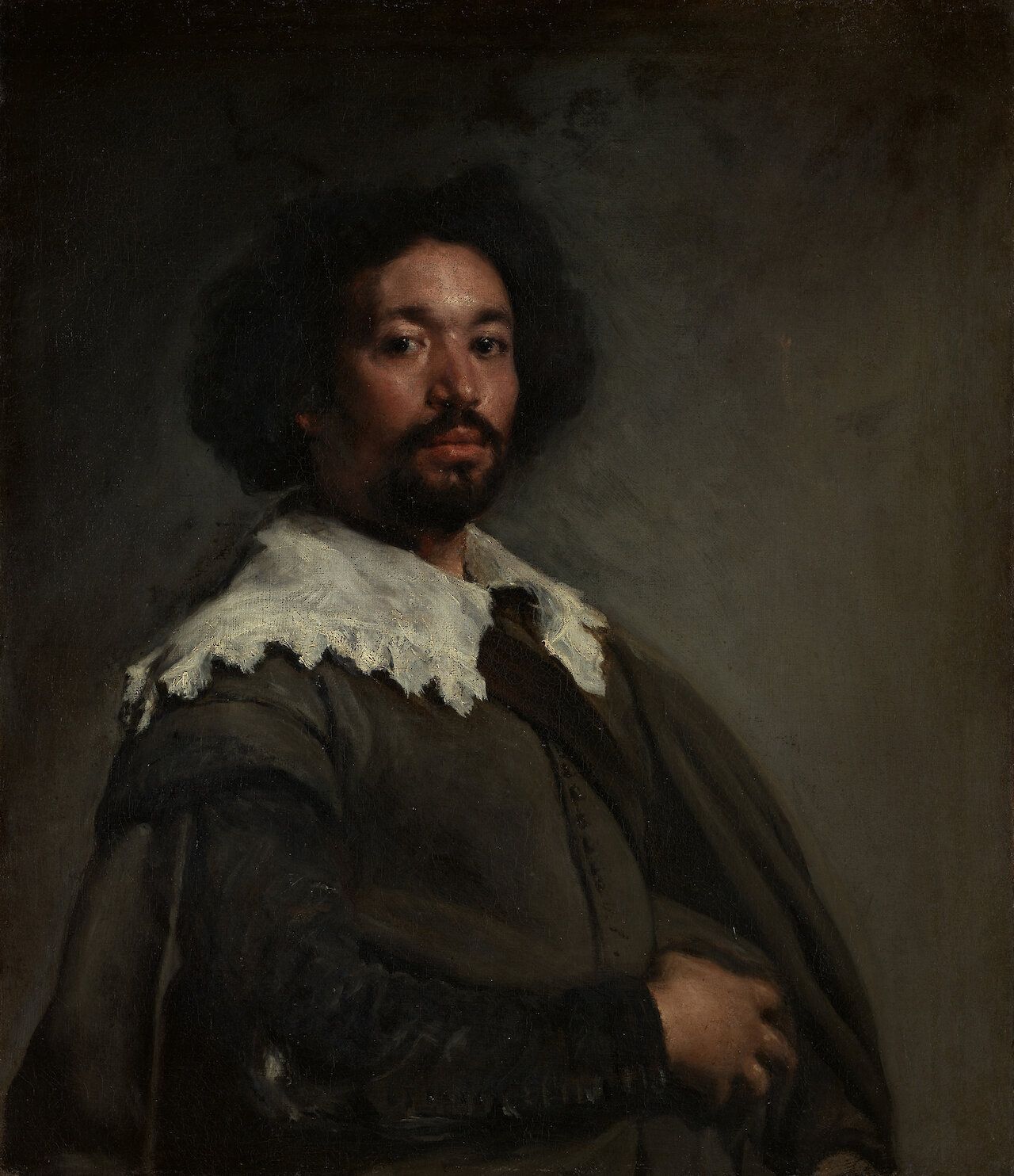
Juan de Pareja (ca. 1608–1670)
by Diego Velázquez, 1650
- Medium
- Oil on canvas
- Dimensions
- 32 x 27 1/2 in (81.3 x 69.9 cm)
- Credits
- Purchase, Fletcher and Rogers Funds, and Bequest of Miss Adelaide Milton de Groot (1876-1967), by exchange, supplemented by gifts from friends of the Museum, 1971.
- Location
- The Metropolitan Museum of Art (The Met)
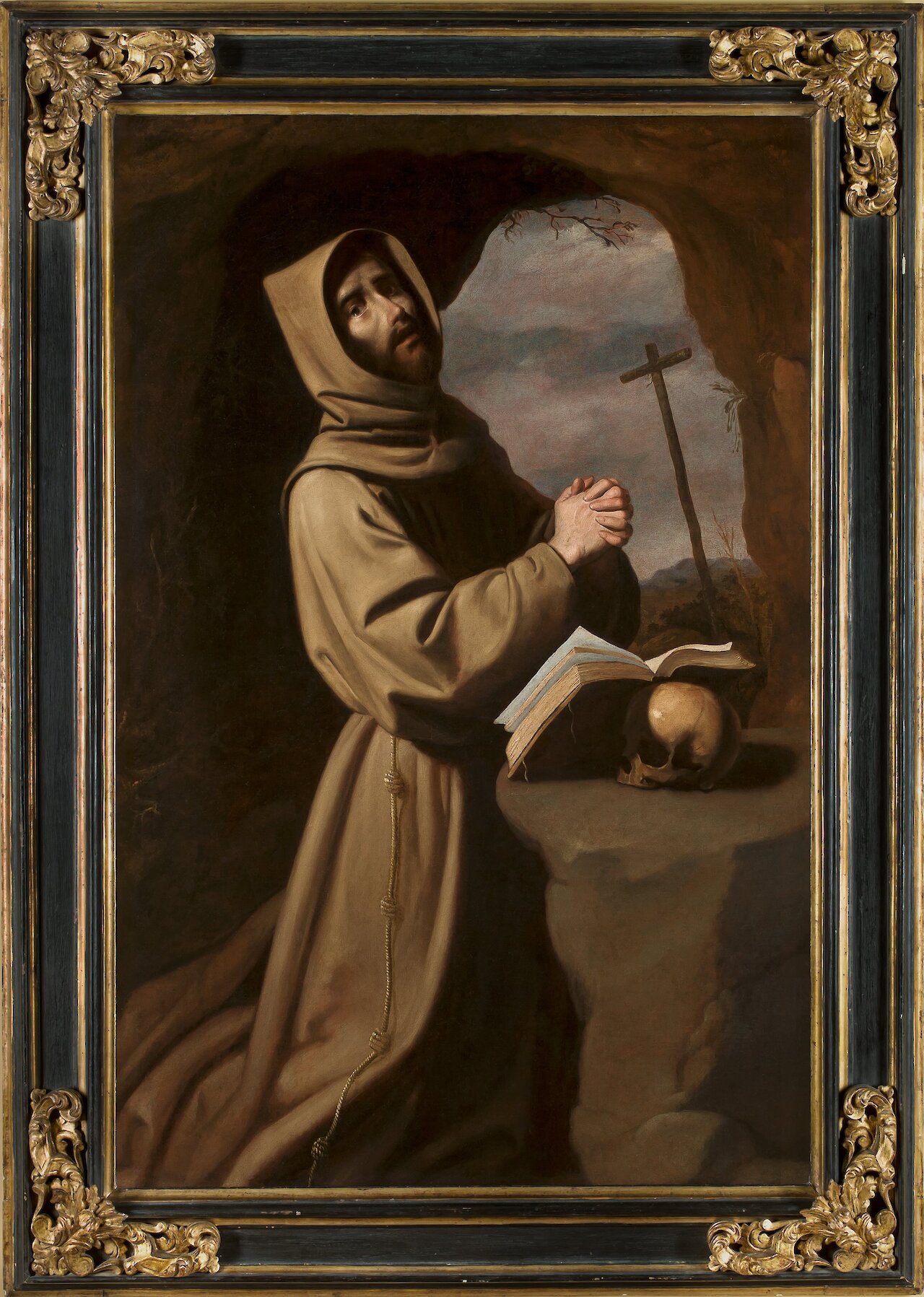
Saint Francis in Prayer in a Grotto
by Francisco de Zurbarán, circa 1650–1655
- Medium
- Oil
- Dimensions
- 62 x 39 9/16 in (157.5 x 100.5 cm)
- Location
- San Diego Museum of Art
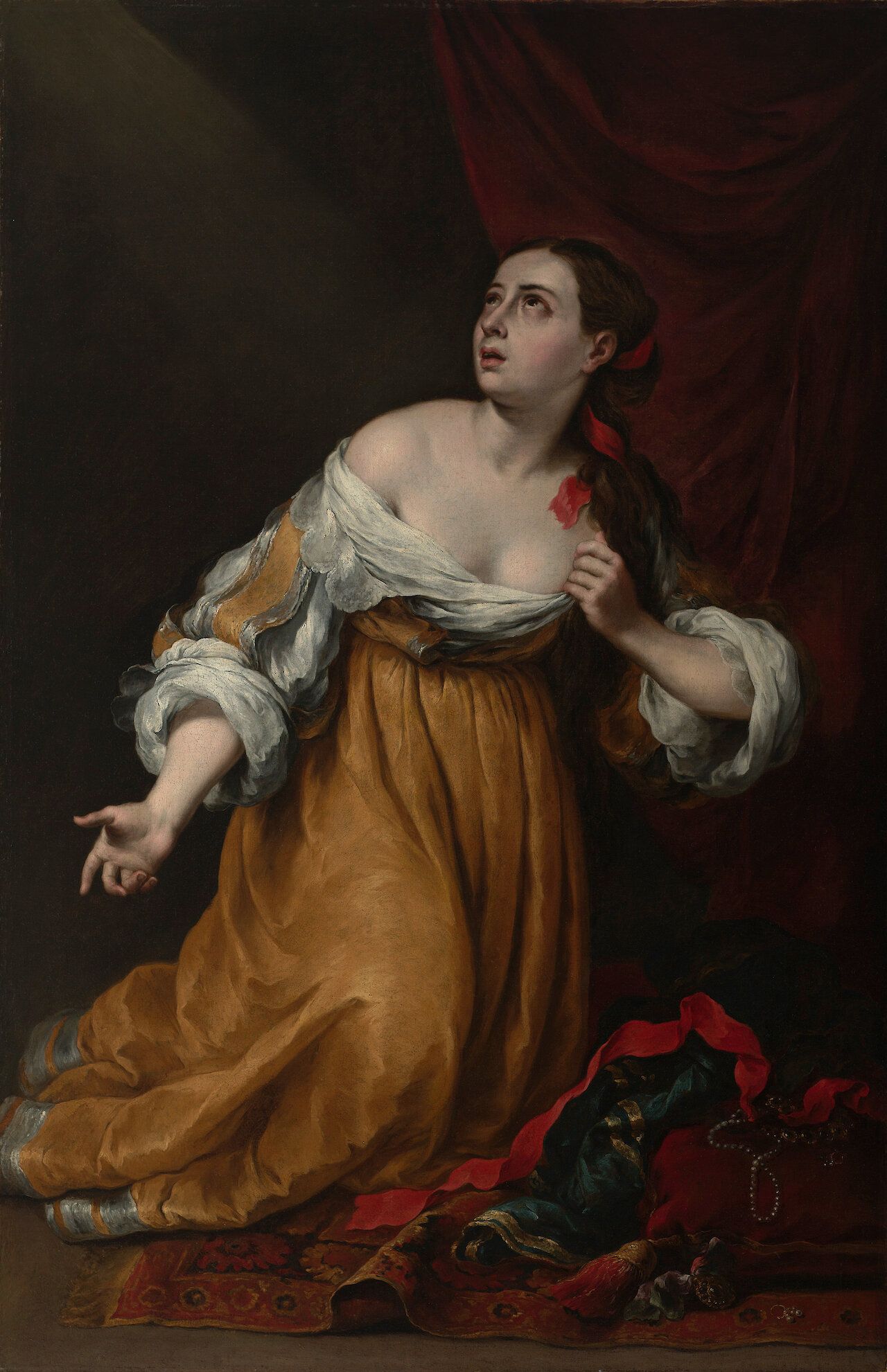
Saint Mary Magdalene Renouncing the Wordly Life
by Bartolomé Esteban Murillo, circa 1650
- Medium
- Oil on canvas
- Dimensions
- Unframed: 65 1/4 x 45 3/4 in (165.74 x 116.21 cm); framed: 79 x 55 in (200.66 x 139.7 cm)
- Credits
- © Virginia Museum of Fine Arts. Photo by Travis Fullerton
- Location
- Virginia Museum of Fine Arts
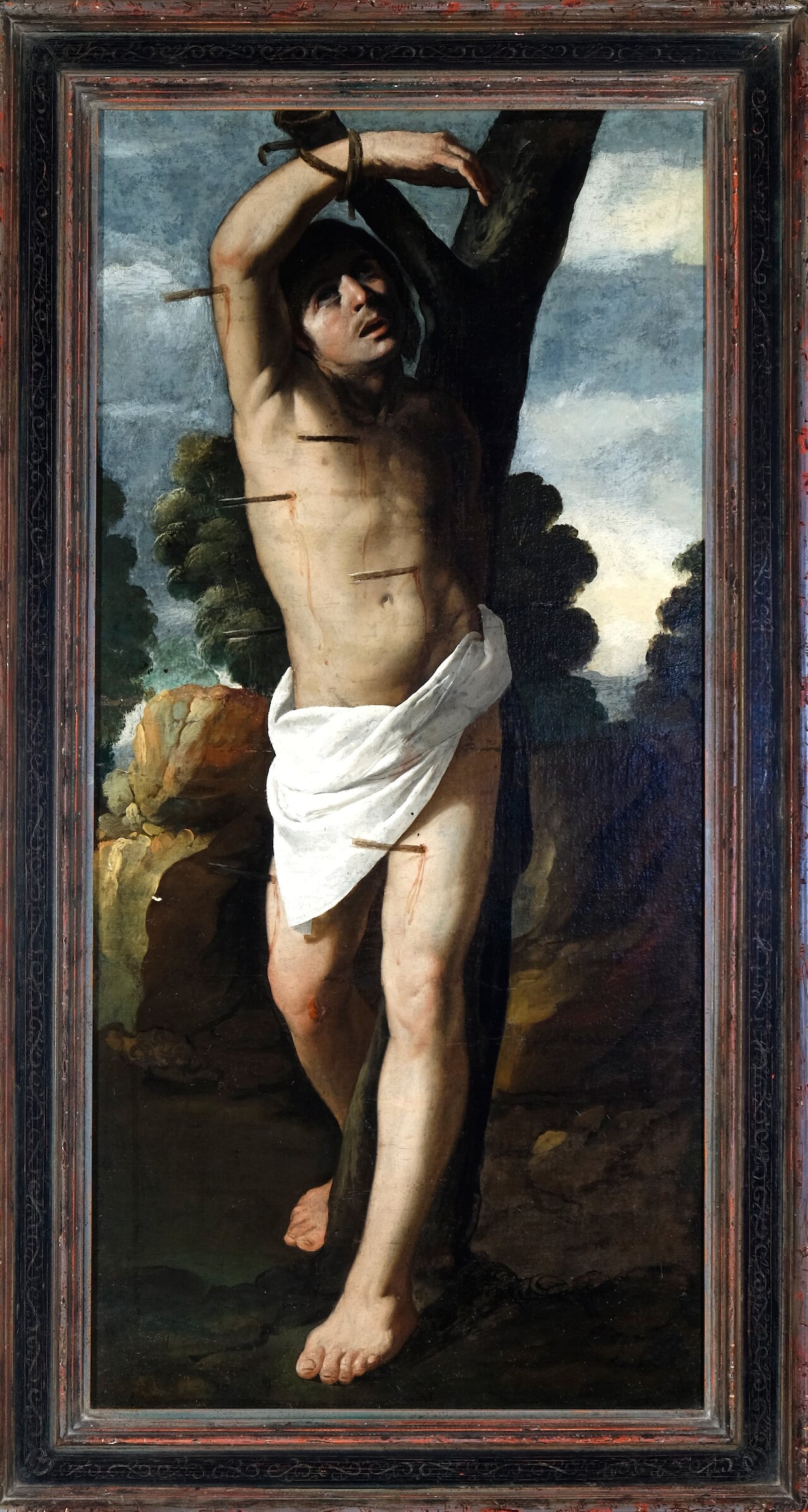
Saint Sebastian
by Francisco de Zurbarán, circa 1650
- Medium
- Oil on canvas
- Dimensions
- 108 x 52.7 cm (42 1/2 x 20 3/4 in.)
- Credits
- Eli and Edythe Broad Art Museum, Gift of Marion Soria in memory of Martin Soria,
- Notes
School of Francisco de Zurbarán (1598–1664); formerly attributed to Bernabé de Ayala
- Location
- MSU Broad Art Museum